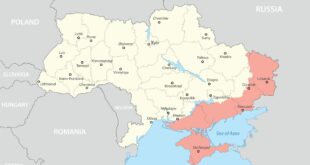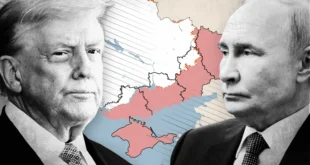A startling claim is rippling through defense circles in the Middle East: Iran may have successfully shot down two Israeli F-35 stealth fighter jets—and then deliberately kept it quiet. According to a military expert closely monitoring regional security dynamics, the incident allegedly occurred during a suspected espionage or strike mission, either deep within Syrian airspace or skirting Iranian skies.
While Tehran has made no official announcement, the source insists the Islamic Republic possesses indisputable evidence, including debris from the aircraft and high-resolution imagery captured by Iranian air defense systems. Initially, some military tracking websites reportedly published related content, only to mysteriously delete it hours later—adding to the intrigue.
The silence, the expert argues, wasn’t merely a tactical decision. It was strategic—and orchestrated. Both Russia and China are believed to have directly requested the Iranian government to withhold public disclosure in return for behind-the-scenes military and technical collaboration. In exchange, Russian and Chinese specialists were allegedly granted access to portions of the downed U.S.-designed aircraft.
Such an opportunity is rare—and invaluable. For Moscow and Beijing, reverse-engineering components of the F-35 represents a major breakthrough in deciphering the secrets behind one of the West’s most advanced air superiority platforms. With its radar-evading capabilities, next-generation avionics, and unmatched battlefield integration, the F-35 is considered a cornerstone of American and Israeli military dominance.
Beyond the immediate military significance, the episode—if confirmed—would mark a profound shift in the geopolitical balance. It is emblematic of deeper strategic realignments in the region. Iran’s quiet but deepening cooperation with the Eastern bloc—particularly Russia and China—reflects a growing axis of resistance to Western influence, at a time when tensions with both Israel and the United States are intensifying.
The reported F-35 shootdown also feeds into broader narratives about Iran’s emerging role as a regional power broker. If it now holds the capability not just to detect but to neutralize fifth-generation stealth fighters, it sends a powerful signal—not only to adversaries but also to allies.
In an increasingly multipolar world, the covert exchange of wreckage for technology and discretion for alliance-building may become the norm rather than the exception. As this military-intelligence triangle between Tehran, Moscow, and Beijing evolves, it could usher in a new chapter in the region’s security architecture—one in which Iran is no longer just a pariah state under sanctions, but a strategic node in the East’s counterweight to Western power.
If this alleged incident is indeed true, the silence from all parties may speak louder than any official announcement. It tells a story of a world re-aligning, one stealth mission—and one downed jet—at a time.
 Geostrategic Media Political Commentary, Analysis, Security, Defense
Geostrategic Media Political Commentary, Analysis, Security, Defense





